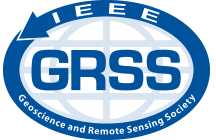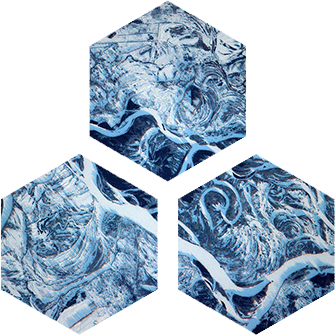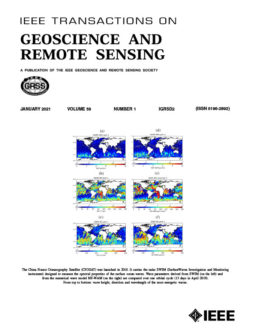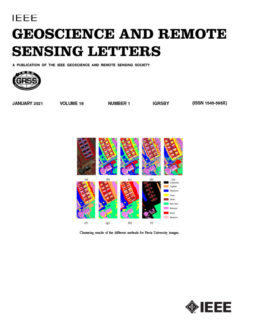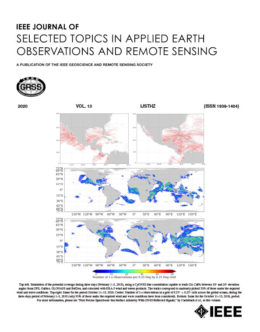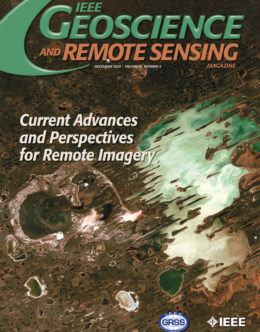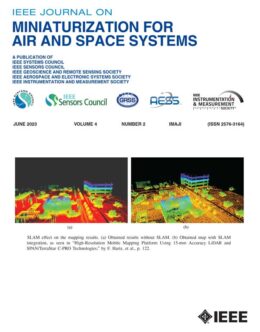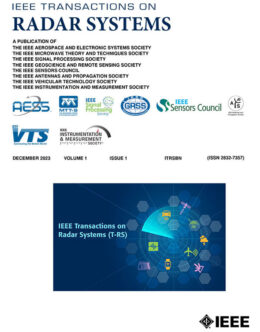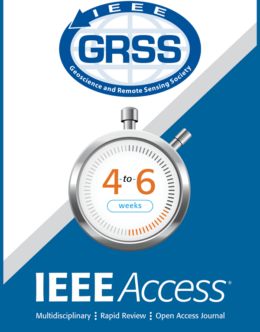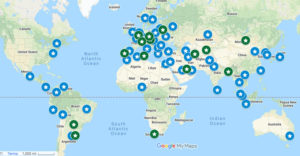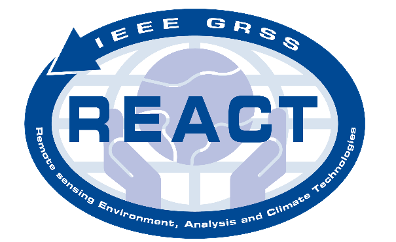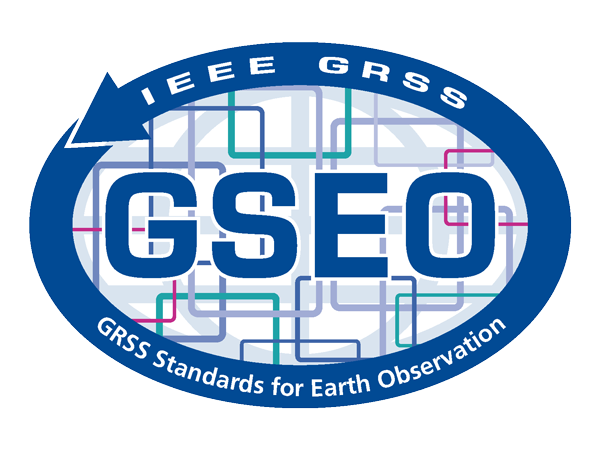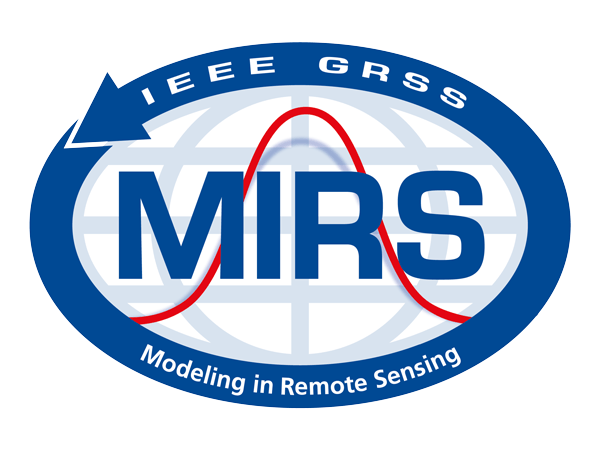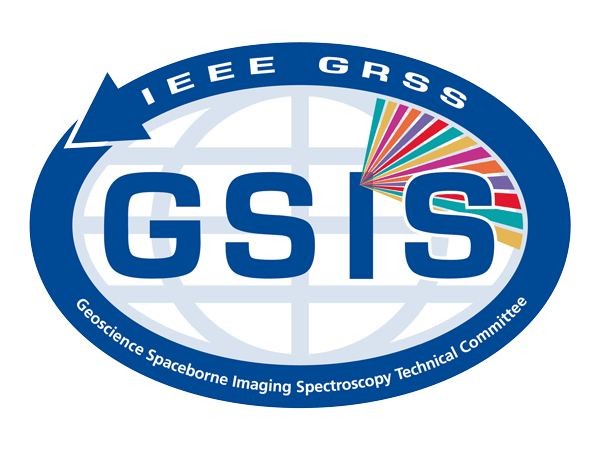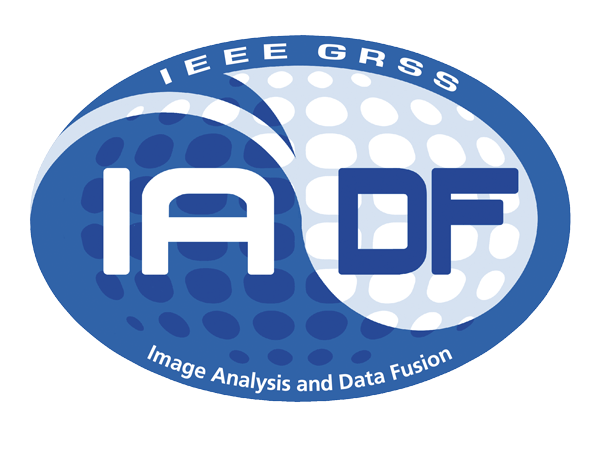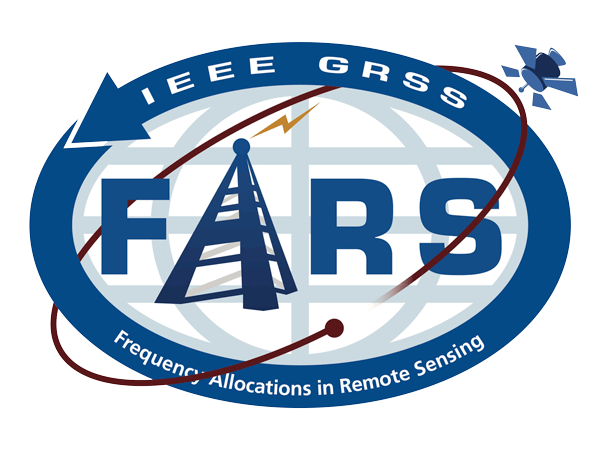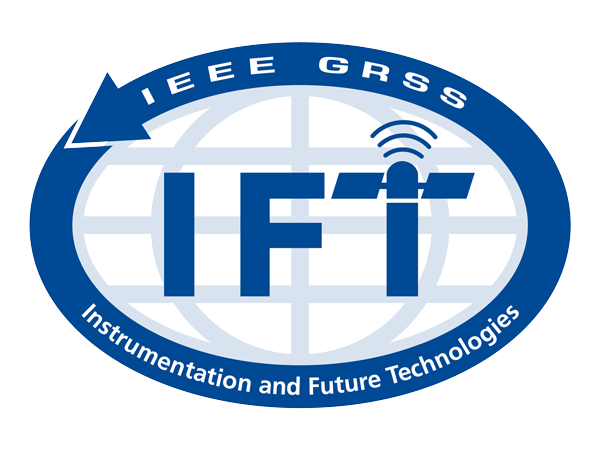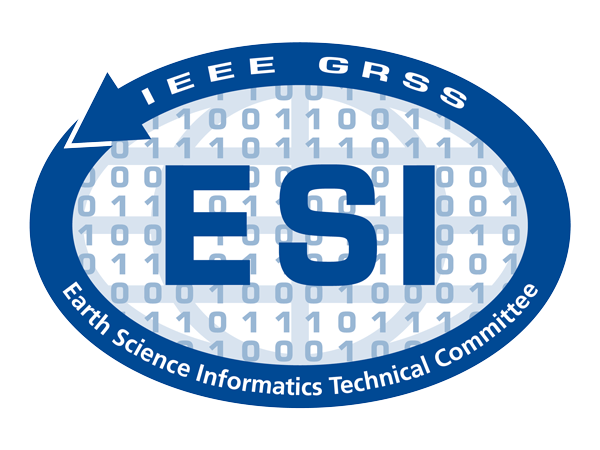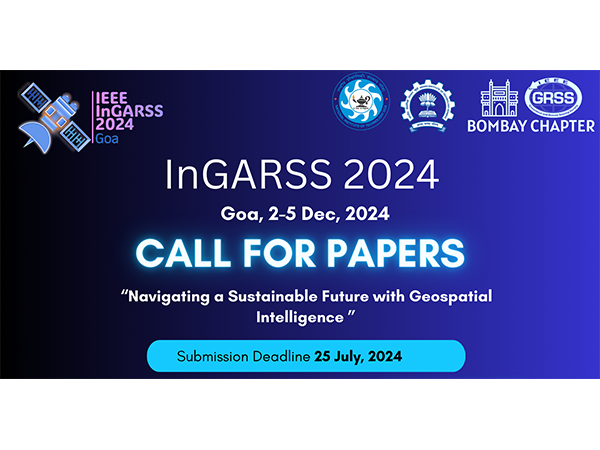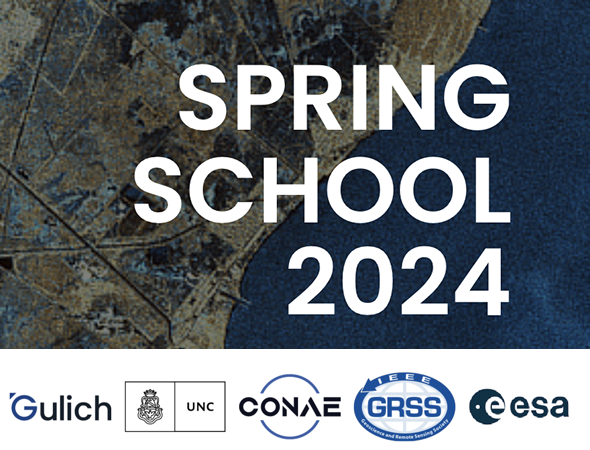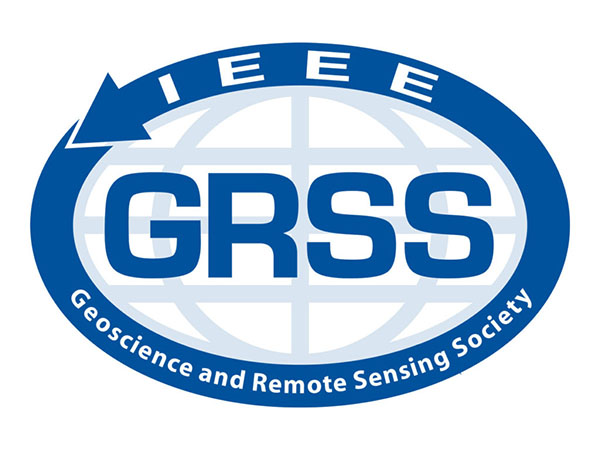Tuesday, September 15, 2020
4:00-4:20 PM Central European Time
11:00-11:20 AM Eastern Time
Speakers:
Sharmila Padmanabhan, JPL, USA
Alexander Berk, Spectral Sciences, Inc. (SSI)
Sponsored by GRSS

GRSS Modeling in Remote Sensing: The MODTRAN band model radiative transfer approach
Dr. Berk has served as the lead developer of the MODTRAN atmospheric RT model since its inception over 3 decades ago. For MODTRAN6, the current version of the model, he developed a novel line-by-line capability and upgraded MODTRAN multiple scattering to incorporate spherical Earth effects. He has also designed an approach for introducing polarimetric signature predictions into the model, which will culminate with the release of MODTRAN7. In this webinar, he will describe the radiative transfer approach used in the MODTRAN band model. The talk will be moderated by Dr. Padmanabhan, chair of the IEEE GRSS MIRS Technical Committee
SPEAKER’S BIO:
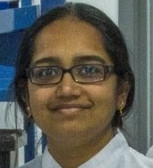
Sharmila Padmanabhan completed her undergrad in Electronics and Telecommunication Engineering at Vivekananda Education Society’s Institute of Technology located in Mumbai (VESIT). Then, she moved to UMass Amherst to pursue a MS degree in the Electrical and Computer Engineering department. After completing her MS in 2004, she moved to Colorado State University to pursue her Ph.D in the Electrical and Computer Engineering. Her research is focused on designing RF systems for Microwave Remote Sensing applications. She is also the chair of the GRSS Technical Committee on Modeling in Remote Sensing.
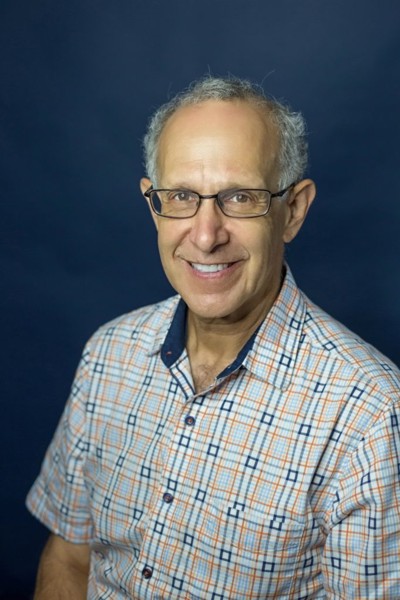
Alexander Berk received his Ph.D. in Physical Chemistry from the University of North Carolina in 1983. Dr. Berk is currently a Principal Scientist at Spectral Sciences, Inc. His research activities have concentrated on the modeling of atmospheric transmittance and radiance phenomena. This work has included development of modules for Air Force Research Laboratory’s MODTRAN, SHARC, and SAMM radiation codes, calculation of infrared and ultraviolet radiation signatures from high and moderate altitude rocket fuel dumps, modeling of cloud clutter radiation in the MWIR and LWIR, and development of a high temperature band model data tape for the SIRRM. Dr. Berk has also led efforts to model Shuttle water venting, to model the response of terrain temperature to changes in cloud cover, and to model temperature and moisture profiles in the turbulent surface layer.
